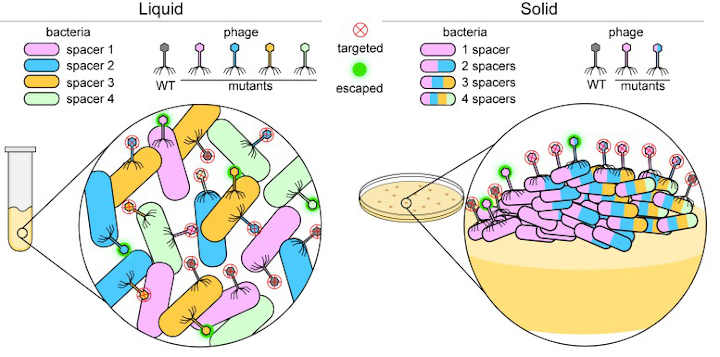A world-first new treatment that reverses the effects of memory loss associated with Alzheimer’s disease has been discovered by Macquarie University researchers in a study of mice with advanced dementia. The research, co-led by two brothers, Dr. Arne Ittner and Professor Lars Ittner, from Macquarie University Dementia Research Center, builds on their work begun in…
Category: Biology
Lab-grown Cells Offer New Opportunities To Study Hearing Loss
Hearing loss is the most common loss of sensation. Most cases of hearing loss are due to the death of specialized hair cells found deep inside the ear. These hair cells convert sounds into nerve impulses which can be understood by the brain. Hair cells naturally degrade as part of aging and can be damaged…
The Biochemistry of Love
Although evidence exists for the healing power of love, only recently has science turned its attention to providing a physiological explanation for love. The study of love in this context offers insight into many important topics, including the biological basis of interpersonal relationships and why and how disruptions in social bonds have such pervasive consequences…
The Human Segmentation Clock Recapitulated In Vitro
Our vertebral column is a highly repetitive structure – 33 vertebrae from top to bottom. This arrangement is created in the embryo by the sequential formation of a long row of structures called somites, which later give rise to the vertebrae and ribs. This periodic pattern of somites is created by a group of genes…
Bacterial Immunity: An Adaptable Defense
Many bacteria use a system known as CRISPR-Cas to defend themselves against infection by viruses called phages. This system protects the bacterial cell by taking a short length of DNA from the phage and inserting this ‘spacer’ into its own genome. If the bacterial cell becomes re-infected, the spacer allows the cell to recognize the…
How Do Bodies Map Out Left And Right?
Symmetry has often been touted as the root of beauty. But beauty, we know, is only skin-deep. Inside the human body, asymmetries abound. The liver stays to the right, the spleen to the left. The heart tilts leftward. “Inside, you’re nearly wholly asymmetric,” says Angus Davison, an evolutionary geneticist at the University of Nottingham, UK.…
Injection Of Virus-delivered Gene Silencer Blocks ALS Degeneration
A new way to effectively deliver a gene-silencing vector to adult amyotrophic lateral sclerosis (ALS) mice is reported by an international team headed by researchers at University of California San Diego School of Medicine. The treatment results in long-term suppression of the degenerative motor neuron disorder if the treatment vector is delivered prior to disease…
Babies In The Womb May See More Than We Thought
By the second trimester, long before a baby’s eyes can see images, they can detect light. But the light-sensitive cells in the developing retina — the thin sheet of brain-like tissue at the back of the eye — were thought to be simple on-off switches, presumably there to set up the 24-hour, day-night rhythms parents…
Why Speech Is A Human Innovation
Except for various cartoon characters, the Geico Gecko and Mr. Ed, animals can’t speak. Yet they have a lot to say to scientists trying to figure out the origins of human language. Speaking isn’t the only avenue for language. After all, linguistic messaging can be transmitted by hand signals. Or handwriting. Or texting. But speech…

